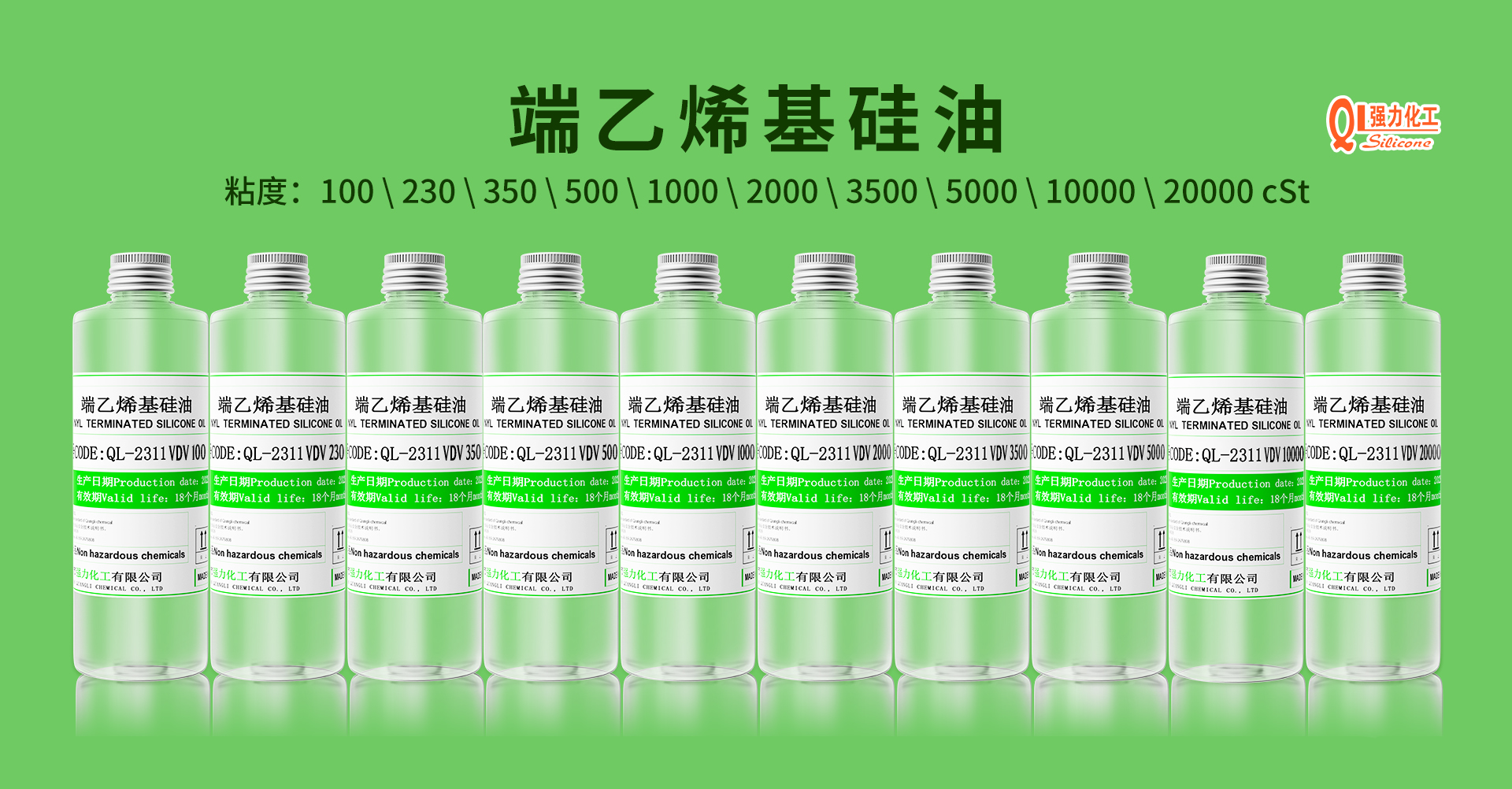What is the synthesis process of silicone (polysiloxane)?Silicones (polysiloxanes) are widely used inorganic polymers containing silicon atoms. This category includes many other types of polymers, such as: polysilanes, polysilazanes, polycarbosilanes, and polyphenylenes. A more comprehensive study of structure-property relationships will be conducted. Different cross-linking densities produce silicones with different properties.
The synthesis of silicone materials began in the 1960s. After the 1900s, Grignard reagents were introduced and significant progress was made. The first polysiloxanes were synthesized by FS Kipping in the early twentieth century. Kipping synthesized the diorganodichlorosilane R 2 SiCl 2 which hydrolyzes to R 2 Si(OH) 2 . He predicted that if these compounds were dehydrated, they would produce compounds similar to ketones, R 2 Si = O. Hence, they are named "silicone". He soon realized that these products were actually polymers containing Si-O-Si rather than Si=O.
Polysiloxane is considered an inorganic-organic hybrid material. The main chain consists of Si and O atoms, while the side groups consist of alkyl groups (Figure 1).
The first step in silicone synthesis is the reduction of SiO2 to Si. Typically, the reduction is electrothermal reduction of carbon (1) followed by conversion of silicon to SiCl 4 by chlorination (2). Otherwise, hydrochlorosilanes (3) can be produced by reaction with HCl.
Of real importance to the industry was the direct reaction of methyl chloride with silicon, discovered in 1940 by EG Rochow and R. Müller. Copper is used as a catalyst in the form of CuO as shown in reactions (4), (5), (6) and (7).
The main and most important product of this direct reaction is dimethyldichlorosilane, (CH 3 ) 2 SiCl 2 . The remaining products of these reactions are shown in Table 1 above. Table 1: Main products of the direct reaction of MeCl and Si.




